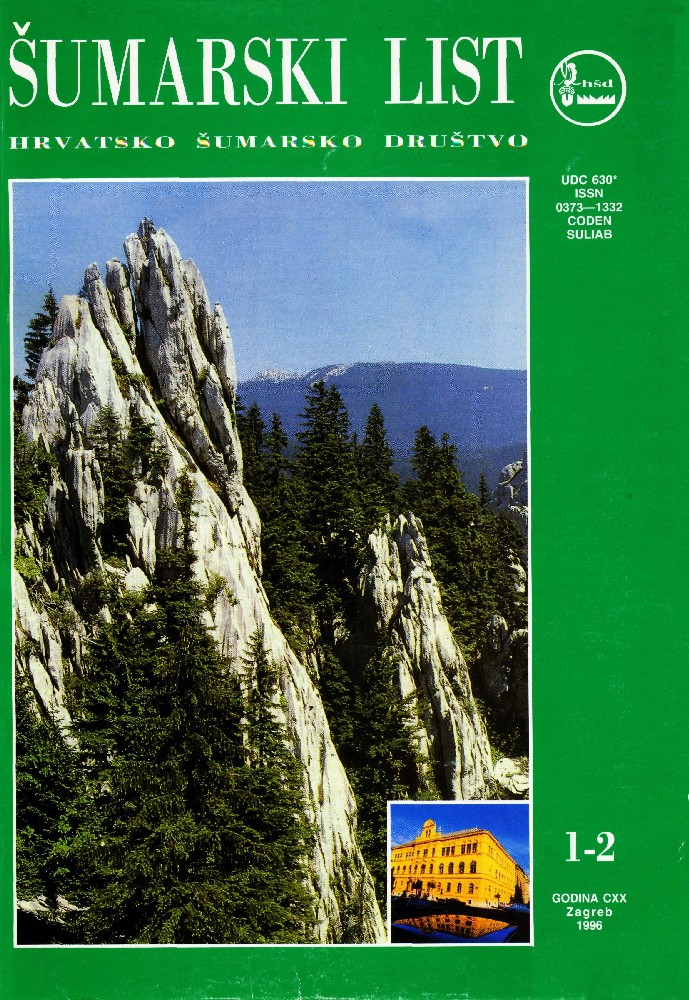Summary: The genus Sequoiadendron (Taxodiaceae) with 1 species of giant evergreen, conifereus tree from Sierra Nevada, California: SEQUOIADENDRON GIGANTEUM (Lindl.) Buchh. (= Sequoia gigantea; Sequoia wellingtonia; Wellingtonia gigantea) — big tree, giant redwood, mammoth tree; similar to Sequoia sempervirens, but less tall in the wild (about 100 m), although to 50 m in Croatia, more massive and with darker, spongy bark; leaves 4—8 mm long, scale- to needle-like, glaucous when young, dark green later; mature cones ovoid, 5—8 cm long. Grow in moist but well-drained, humus-rich soil in sun. Propagate from seed or by cuttings late summer to early autumn, in a cold frame.
The authors gives a short description of the Mammoth tree grown on its natural habitat and morphological characteristic, then mentions the Mammoth trees from the environment of Zagreb, their age and vitality. The authors listed 20 locations in parks and gardens of Zagreb where Sequoiadendron giganteum was then planted and surviving to significant size (Table I). Two oldest and bigest trees are in Malinov park with height of 43,5 and 46,0 m; diameter 226,0 and 250,5 cm. In parks and gardens can be observed and studied the ecological relations with regard to the biological characters of Mammoth trees. It is especially interesting the study of acclimatization to the conditions of climate and microclimate of the sites of the Zagreb region.
|



